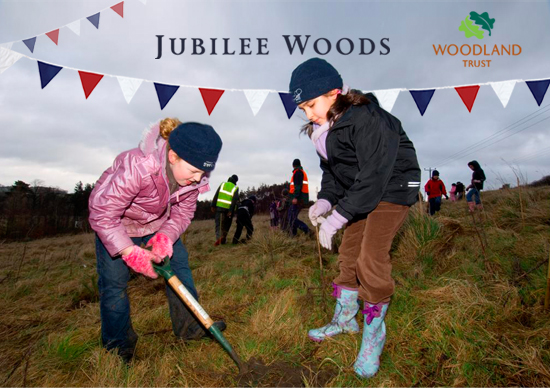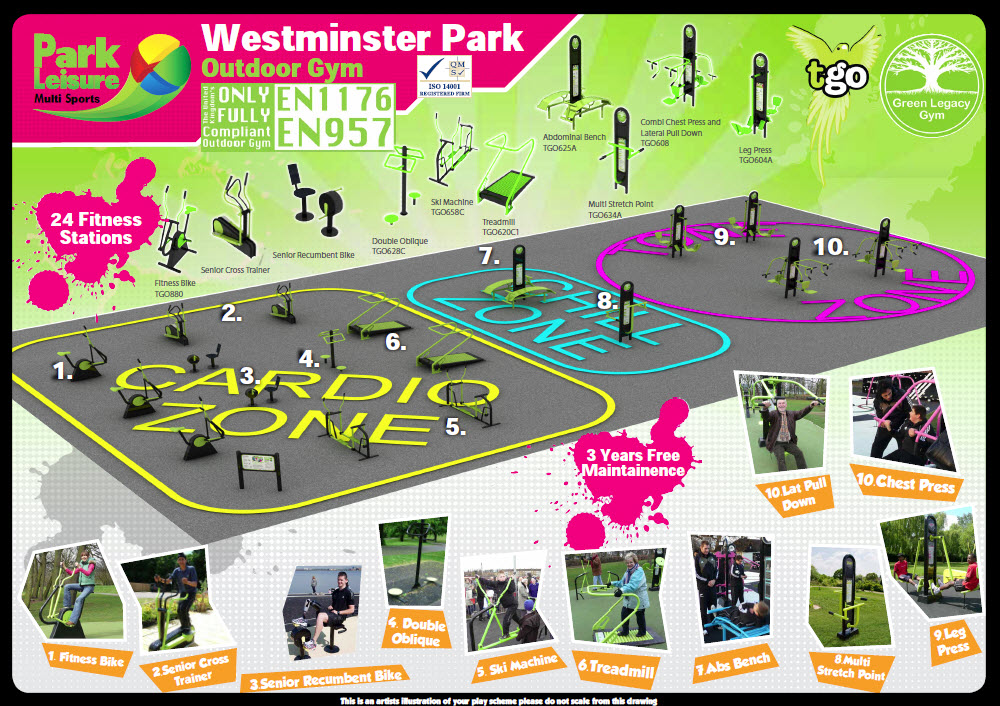For many years prior to the 1920s the area now covered by the Lache estate and Westminster Park comprised fields and farmlands belonging to the Duke of Westminster. Land for an estate at Buddicom Park was acquired by Chester City Council in 1913 but development did not start until the early 1920s as a result of a national push for ‘Homes for Heroes’ after the First World War. In 1925 The Royal Agricultural Show returned to Chester on a site of some 160 acres in fields between Lache Lane, Hough Green and Cavendish Road. The larger Lache estate commenced in 1931 and the area where Westminster Park is today remained as fields while the Lache Park estate developed on its westerly boundary.
On the 1st May 1946 the Duke of Westminster leased these fields to Chester City Council for a term of 999 years at a peppercorn rent of 5 shillings (25 pence) per annum. The lease stipulated that the land should be used only as a public park, pleasure ground, playing field or recreation ground. Apart from sports pavilions, lodges and greenhouses, no other buildings were allowed. The lease also stated that no fair, political or other public, religious, sectarian trade association or auction were to be held, assemble or meet in the park.
In 1949 two bowling greens were opened and a municipal plant nursery was established including greenhouses, cold frames, a boiler house and an office block.
During the 1950s several sports groups requested that playing fields should be laid out in Westminster Park to serve the city south of the river. Grand plans for the park were proposed during the 1960-1970s period including a sports centre, athletic track and swimming pool though the terms of the lease did not allow such developments. One scheme that did come to fruition was a par 3 nine hole golf course which was opened by Earl Grosvenor on 15th May 1976. The lack of a refreshment facility was highlighted and the Council raised money to build the cafe, changing rooms and toilets. Two croquet lawns adjacent to the bowling greens were laid out in 1981.
After these initial developments, no real improvements to the park took place until the Friends of Westminster Park were formed in 2001 to represent the views and contributions of local residents and organisations. By this time the park had degenerated into a somewhat run down state, football matches were rarely played because the ground was often boggy and waterlogged, the nursery was closed and derelict, and the general appearance of the area was unappealing.
The Friends prepared a ‘wish list’ of works and improvements to make the park a more attractive place for community and family sports and leisure activities. Over the next three years continuous representations were made to Chester City Council to progress the first item on the list, the installation of a drainage system for the two main playingfield areas, which was essential if football was to be played regularly through the winter months. Inevitably, a major impediment was the Council’s lack of funds. In the event, money was raised from the Football Federation to complete the drainage system and over the next five years a total of around £450,000.00 was raised from a variety of sources, principally the National Lottery, to develop Westminster Park into the first class facility that it is today.
The privately owned Glan Aber Tennis Club relocated from Hough Green to the park in 2001 and tennis is also available on two public courts. The park is also home to the local junior football club with 200 players between the ages of 5 and 16 years of age and cricket returned to the park in 2009 with the formation of a new club, Westminster Park Cricket Club, following the installation of a properly graded cricket wicket.
In addition to these sports facilities, the park now has excellent play areas for both toddlers and juniors, recreation facilities for teenagers, a multi-use games area (MUGA) and a highly popular BMX track. The initial plantings of trees offer an impressive variety of mature species across the whole of the park and more recently a wildflower area and some 1500 additional trees and shrubs have been planted, mainly in the former nursery area, bird boxes installed around the park to attract more wildlife, and 1000s of bulbs planted within the park and at both entrances to create colourful spring displays.
The majority of the Friends’ initial plans have now been completed and the croquet and bowls clubs are currently looking forward to completion of a new pavilion to replace a temporary portacabin that was installed after a previous wooden pavilion was destroyed by fire in 1996. Further smaller improvements are being planned and the primary aim now is to sustain Westminster Park at as high a standard as possible and to retain the prestigious national Green Flag award which was achieved in July 2010.


